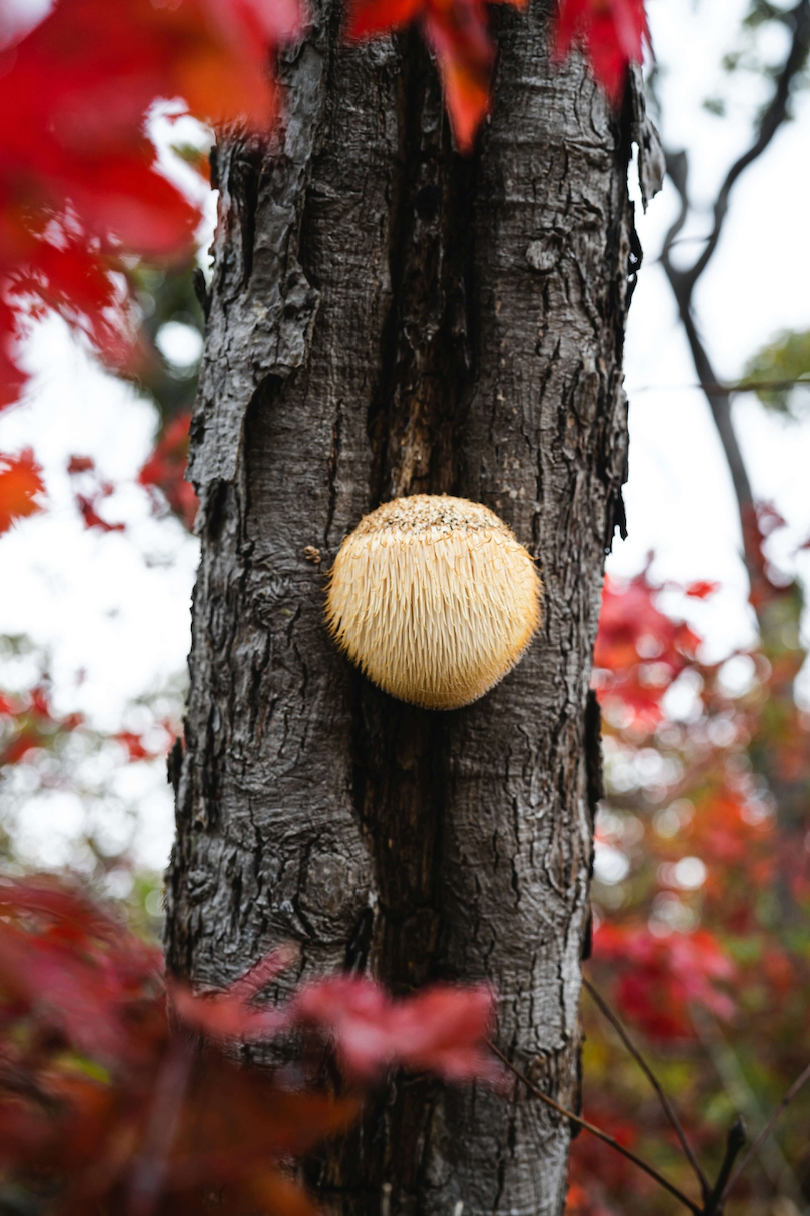As you navigate life, it’s your brain’s job to help you make sense of everything you see, feel and experience.
Without your brain, you would be unable to process feelings or store information.
It’s the seat of the intelligence. It interprets the stimuli received by your sensory organs.
It initiates body movement and it controls behavior. In simpler terms, the brain is the boss of your body and your life.
Even when you’re asleep, your brain is working overtime in the background to get things done.
Although humans have existed for centuries, it wasn’t until recently that scientists began to study the brain in detail.
With new research techniques and the increasing curiosity of humans, a lot of new information about the brain and its functions has surfaced.
Brain Parts and Their Functions
Think of your brain like a team of professionals.
While each of them have their distinct roles, they’re all working together to make your life meaningful.
The brain is divided into three major parts: the forebrain, the midbrain and the hindbrain.
The Forebrain
The forebrain, as the name implies, is the front part of your brain.
It consists primarily of the cerebrum. It also consists of other smaller but equally important parts like the thalamus, hypothalamus and sub-thalamus.
The cerebrum which is arguably the biggest part of the brain is also referred to as the “seat of intelligence”.
It’s because of the cerebrum that you can store memories, process problems, play games, make plans and develop your greatest fantasies.
So the next time you’re working on a math problem, remember, that’s your cerebrum at work.
The cerebrum is divided into two identical halves called the cerebral hemispheres and each hemisphere is further divided into lobes.
According to results of research, the right hemisphere is responsible for abstract reasoning skills like identifying and storing color, music and shapes.
The left hemisphere on the other hand is responsible for speech, logic and analytical problem-solving skills.
These two hemispheres although distinct, are in constant communication with each other. The corpus callosum which is a thick tract of nerve fibers allows the two hemispheres to interact.
Now, each of the cerebral hemispheres are further divided into sections, all of which have their functions.
These sections are referred to as lobes and they include: the temporal lobes, the parietal lobes, occipital lobes and the frontal lobes.
The frontal lobes lie just behind your forehead. They’re responsible for speech development, controlling voluntary movement, critical reasoning and even helping you plan your schedules.
Think of your frontal lobes as short-term storage sites, kind of like the RAM in your computers.
The parietal lobes are more concerned with receiving and interpreting sensory signals like taste, touch and smell.
Whenever you’re enjoying your favorite meal or laying in the arms of your significant other, remember, it’s your parietal lobes making that happen.
As you read this post, there’s one part of your brain working to process the images that you’re seeing. They’re your occipital lobes.
The occipital lobes process whatever it is you’re currently looking at and create the connection between that and the images you have stored in your memory.
Your occipital lobes are the reason you can recognize faces.
The last stop on this cerebral tour is the temporal lobes.
They’re responsible for receiving and processing sound.
They work hard to form and retrieve memories especially those relating to music.
That’s why music brings back memories for a lot of people – it’s their temporal lobes working hard.
The hypothalamus is the control seat of the autonomous nervous system while the thalamus is necessary for sensory relay to higher parts of the brain like the temporal and parietal lobes.
The Midbrain
The midbrain is located deep in the portion of the brain called the brain stem.
It’s responsible for controlling visual reflexes and the midbrain also assists in the coordination of sensory and motor information.
One of the most interesting facts about the midbrain is that it houses the pars compacta.
The pars compacta are a cluster of neurons that contain melanin and synthesize dopamine (which is necessary for motor coordination).
The Hindbrain
This part of the brain is made up of the cerebellum, the medulla oblongata and the pons.
The hindbrain might be the important part of the brain for human survival.
It controls involuntary activities like breathing, sleeping and other involuntary motor activities like blinking.
Each part of the midbrain performs specific functions, all of which are necessary for daily living.
The medulla oblongata acts like a medium between the spinal cord (and other parts of the nervous system) and the higher parts of the brain like the cerebral hemispheres.
It’s also responsible for controlling autonomic functions of the body like respiration and your heartbeat.
The pons is basically a brain messenger. It transfers information received from the cerebrum to the cerebellum.
The last and largest part of the hindbrain is the cerebellum.
The cerebellum is responsible for coordinating motor activity and motor learning.
You know why you’re able to stand upright without falling over? Well it’s because your cerebellum controls your balance.
Now that you know all about your brain and what it does, let’s talk about how you can keep it healthy.

Foods that May Improve Brain Health
Like every other organ in your body, your brain can fall sick and die.
That’s why it’s not enough to avoid things that can kill it. You should also seek out foods and natural substances that can improve your brain’s health.
Here are some foods that can help improve brain function and overall brain health.
Oily Fish
Oily fish such as salmon, tuna and mackerel are great for brain health.
They contain essential fatty acids known an Omega-3 which have been confirmed to build membranes around cells (including brain cells) thus protecting them from damage.
Research has confirmed that people who consume foods rich in Omega-3 have increased blood flow to the brain.
This means that making oily fish a regular part of your diet may result in improved brain function.
Nuts And Seeds
Nuts and seeds contain healthy amounts of Omega-3 fatty acids.
In a 2014 study, increased nut intake was linked to improved brain health especially in old age.
Nuts and seeds also contain Vitamin E which is known to protect cells (including brain cells) from oxidative stress.
Some nuts and seeds with high amount of Omega-3 and Vitamin E are: sunflower seeds, almonds and hazelnuts.
Coffee
This everyday beverage may be effective in improving overall brain health.
Asides being an effective stimulant, research has shown that consuming coffee regularly may increase the brain’s ability to process information.
Caffeine is also a great source of antioxidants which may improve brain health especially during aging.
Research suggests that the regular consumption of coffee may reduce the risk of Alzheimer’s and Parkinson’s disease.
Other foods that are great for brain health include: avocados, eggs, broccoli, soy products.
You could also consider nutritional supplements like Vitamin B, C or E, magnesium and beta-carotene supplements.
However, if you do not already suffer from a deficiency of these nutrients, it’s unlikely that taking these supplements will do much for you.














